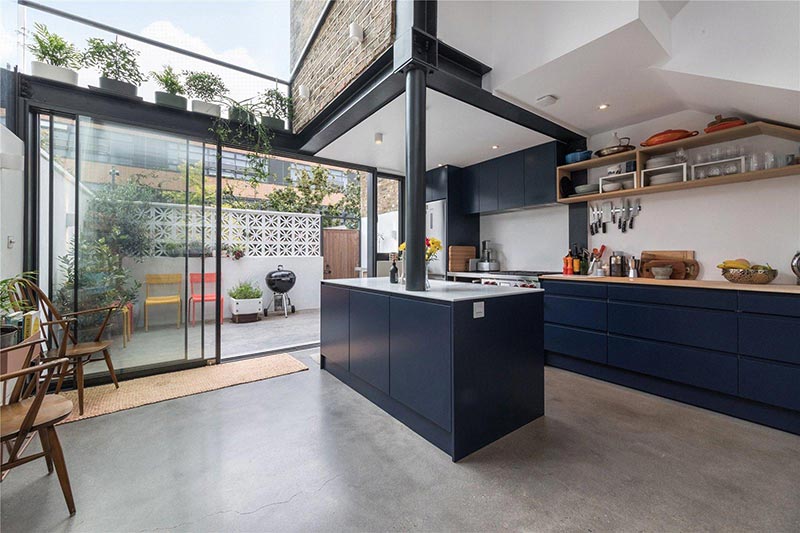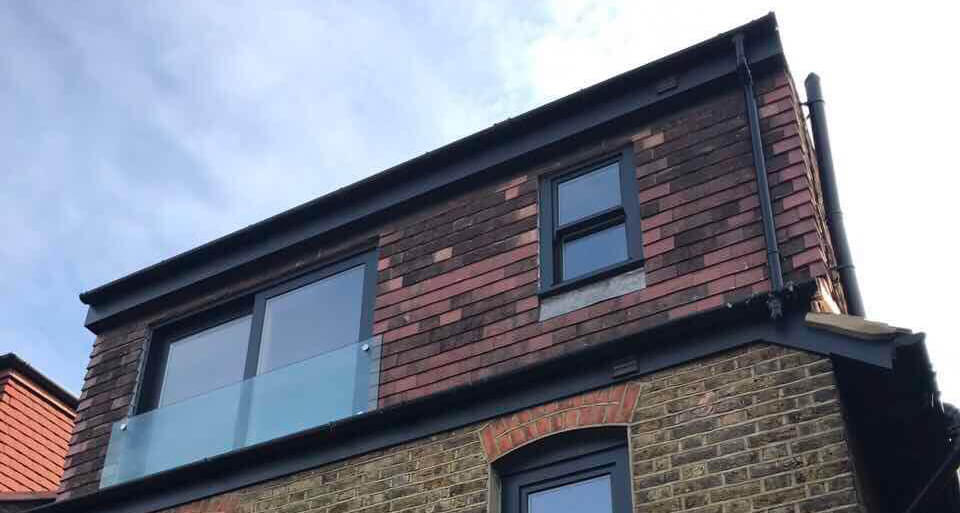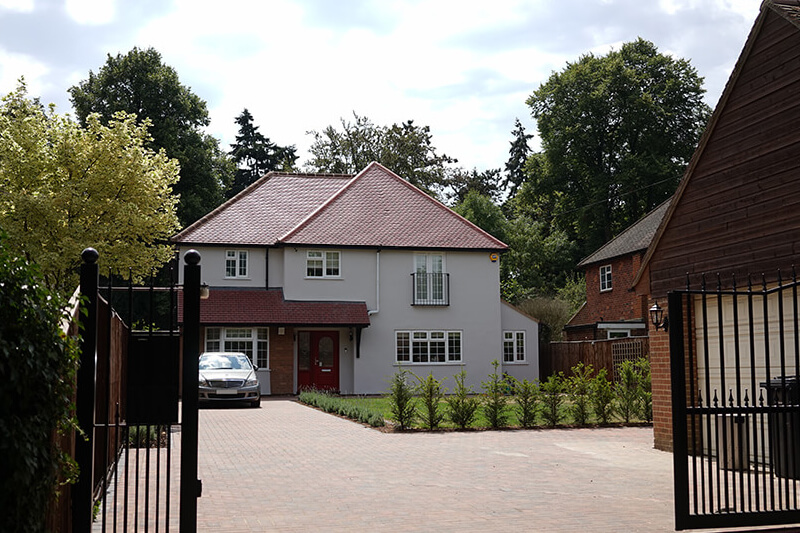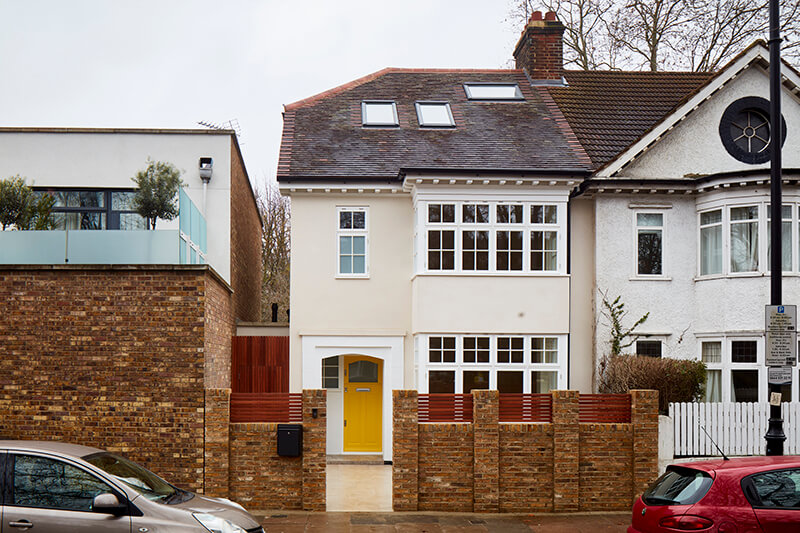
Different Types of House Cladding
House cladding is important for many reasons. Perhaps one of the most significant is that it can help transform the appearance of your house while improving functionality. House cladding also helps enhance the aesthetic appeal of a home and its value.
However, it is important to note that house maintenance costs are rising yearly. This is mostly due to building materials becoming more expensive by the minute. Even with the most helpful DIY tips at hand, it can still be challenging to accomplish the cheapest maintenance routines on a budget. In this piece, we’ll be looking at some options for cladding your house.
What are the types of exterior house cladding materials
The 6 most popular house cladding materials are Brick, Brass, PVC (Polyvinyl chloride), Timber, Tile, Stone, and Vinyl cladding.

1. Brass Cladding
Brass cladding is increasingly becoming a favourite type of cladding in construction because of its aesthetic value and durability. It also comes in different texture options. The article from Architectural Cladding Suppliers entitled “Brass Interlocking Panels Never Looked So Good!” explains that because brass is a luxury metal, it is a great option for design focal points on any building. Perhaps the best thing about metal cladding systems with brass interlocking panels is that they offer significant protection and strength while still looking superb. They are also a low-maintenance option, non-combustible, lightweight, environmentally friendly, and provide a lightweight solution.
2. PVC Cladding
PVC is perhaps the cheapest form of cladding available. However, some options may compare to timber and other cladding options. This is because PVC comes in various forms, including:
- Fascia boards
- PVC cover boards
- Polycarbonate sheets
- PVC Hygienic cladding
The best thing about PVC cladding materials is that they are durable and versatile in application. The fact that PVC cladding materials are in plastic form means they are durable, water resistant and can withstand extreme heat and cold temperatures.

3. Timber Cladding
For those who prefer non-chemically treated cladding options, timber cladding is the way to go. Timber cladding comes in various options, namely:
- Log lap cladding
- Featheredge boards
- Groove and tongue cladding
- Shiplap cladding
Timber cladding has, over the past couple of years, become a popular choice for most home extension builders. This is perhaps because timber in construction is both an attractive and economical material. In addition, it will provide your home with a quality finish that most other types of exterior cladding materials do not.
4. Tile Cladding
Most homeowners want to give their homes a more traditional finish. Tile cladding will provide many options, including both vintage and traditional finish options. In addition, tile cladding requires minimal maintenance, making it a cost-effective option for many homeowners. However, tile cladding is usually restricted to interior design but can be used on the outside if the exterior colour combinations match.

5. Stone
Stone cladding is more commonly used in domestic buildings than commercial. Natural or simulated stone cladding provides an elegant, luxurious exterior with a natural feel. Simulated stone is ideal for lowering costs without compromising on aesthetics. The non-porous properties of stone provide protection against leaks from the outside. Stone can prevent a build-up of moisture, reducing the risk of damp, mould, and mildew. The one real disappointment is the financial costs involved, which can lead to delays in installing new cladding.
6. Vinyl
Vinyl is one of the cheapest cladding materials and comes with proven energy efficiency. Vinyl cladding hardly ever fades or cracks, so it will last a long time in the colour you choose. An insulating material is often added to the panels, and once installed, you can forget about repainting, repairing or otherwise maintaining them. The environmental credentials are high as they are easy to make and recyclable whilst having high thermal performance.
As you can see, there is plenty you can do to help protect your house from the elements and other degrading factors. The above external cladding options can help ensure your home is well-maintained while improving its aesthetic value. These are just a few of the various types of cladding options you might want to consider for your loft conversion or when thinking about your house cladding for your new build.

Basic reasons for cladding your house
First and foremost, some types of house cladding can help prevent damage to your home from harsh weather elements such as snow, blizzards, or rainfall. Different types of cladding materials may be applied to your walls to provide the much-needed insulation against the weather elements. External damage may sometimes appear problematic, given that you cannot control changing weather patterns. Without further ado, let’s now look at the different types of house cladding options available.
Clara Annesley
Clara Annesley is an interior design and construction content writer. She holds a BSc (Hons) in Architectural Design Technology from the University of West London. Clara specialises in residential construction for topics like health & safety, architectural design and writing cost guides for renovation and remodelling projects.